The Kinabatangan River Floodplain, on the eastern side of Malaysian Borneo, is often billed as having the highest concentration of wildlife in Southeast Asia. This quickly becomes apparent when you cruise down the river and see a Bornean Pygmy elephant, a pair of pied hornbills and a long tailed macaque all sharing a tree - the hornbill perched high in the branches, the macaque harvesting fruit a few feet below, and the elephant grasping the trunk with its tusk as it pulls itself out of the water and onto the riverbank. Later, an endangered (both in terms of conservation and the crocodile-infested river) proboscis monkey and a baby crocodile were mere feet from each other vertically as a serpent eagle flew above. I first came to the Kinabatangan River three years ago and struck out trying to see the Borneo Big Five - orangutan, pygmy elephant, rhinoceros hornbill, crocodile and Proboscis monkey. This time I was luckier.
To get to the Kinabatangan, you have to fly into Sandakan, infamous for World War Twoís infamous death march of Allied prisoners held by Japan, and then either drive for three hours or take a boat along the coast and then up the mouth of the river. Though the situation has improved in recent years, the east coast of Sabah has been a hotspot for kidnappings by Abu Sayyaf, the ISIS affiliate in the Philippines. Tourists, often on boats or resort islands, have been targeted on a number of occasions, held for ransom and in some cases beheaded. The threat of piracy was enough to make me choose the overland option though it was bumpy and the only scenery was acres of palm oil plantations.
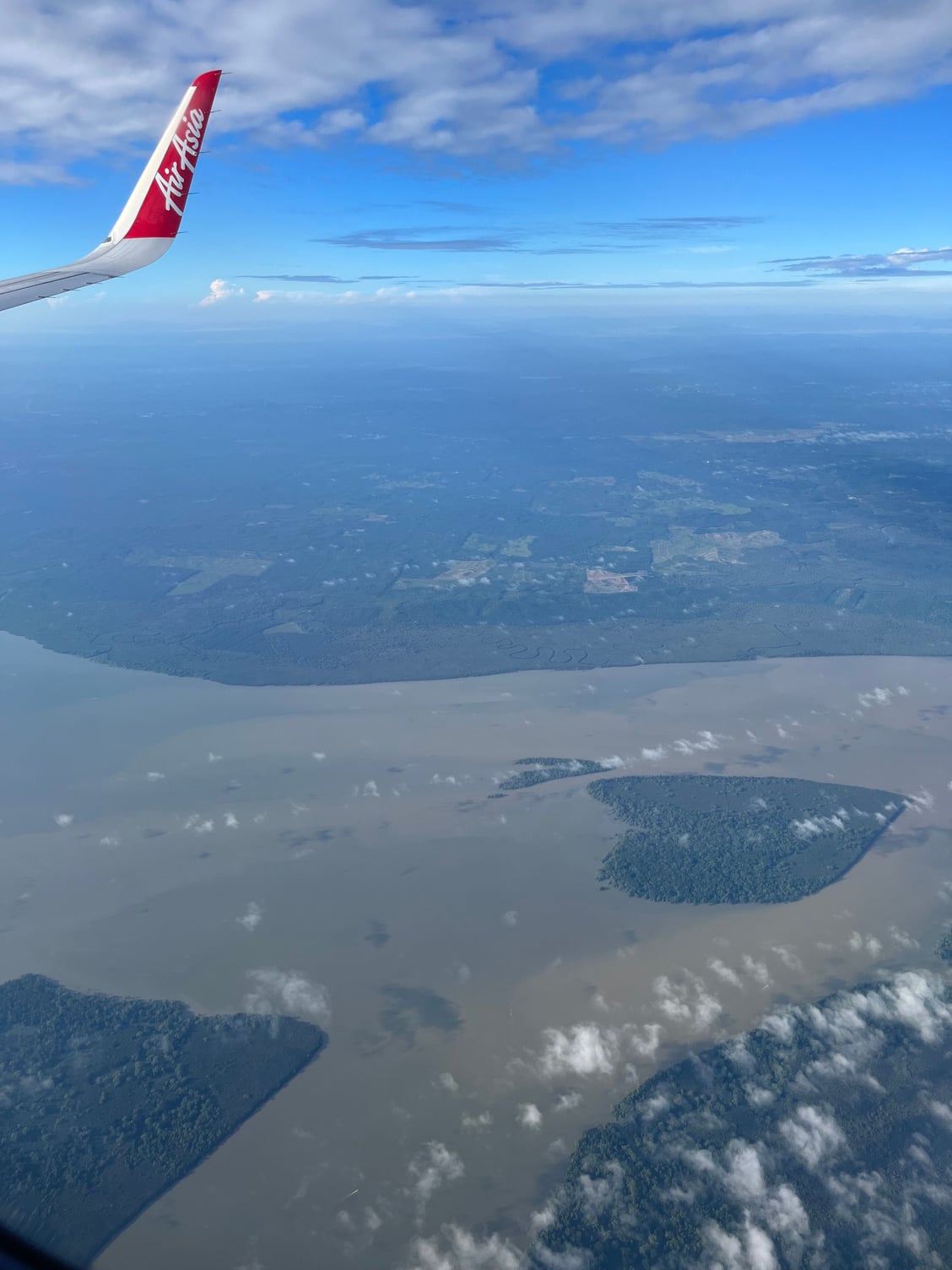 The Kinabatangan River
The Kinabatangan River
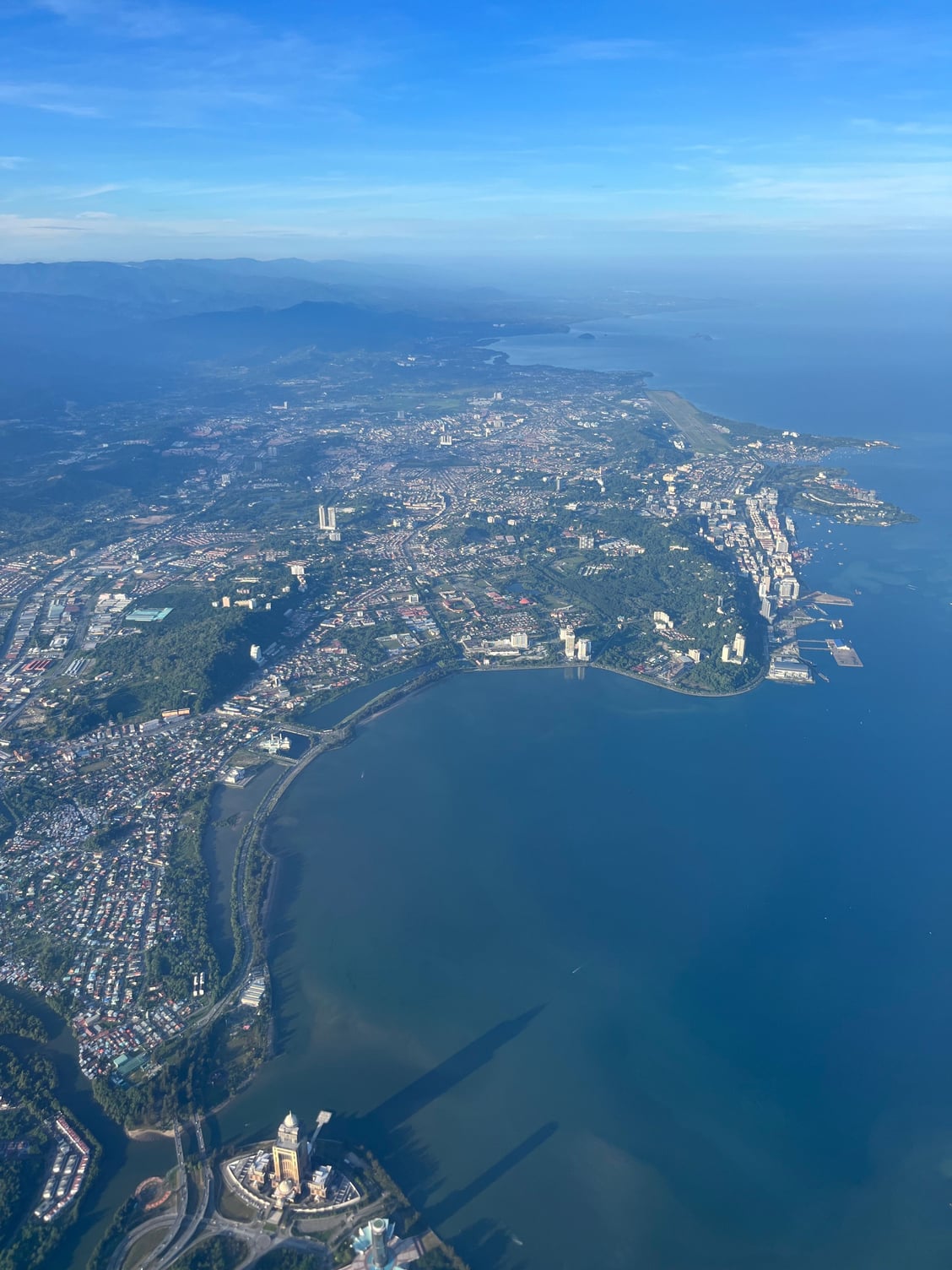 Sandakan from above
Sandakan from above
Most tours of the Kinabatangan (doing it by yourself is a non-starter) include a stop at the Sepilok Orangutan Rehabilitation Center. The center takes in orphaned or injured apes and teaches them the skills theyíll need in the wild so they can be reintroduced into the jungle. Sightings of the great apes arenít guaranteed, as the rehabilitation center, which borders the rain forest, isnít enclosed, though given the fact that massive baskets of fruit and vegetables are dumped on viewing platforms, it seems that chances are fairly good though we did talk to some tourists later that weekend who had been skunked. I guess if youíre an orangutan, there is such a thing as a free lunch. It seems we did get lucky by seeing a fully flanged adult male, almost as old as I am.

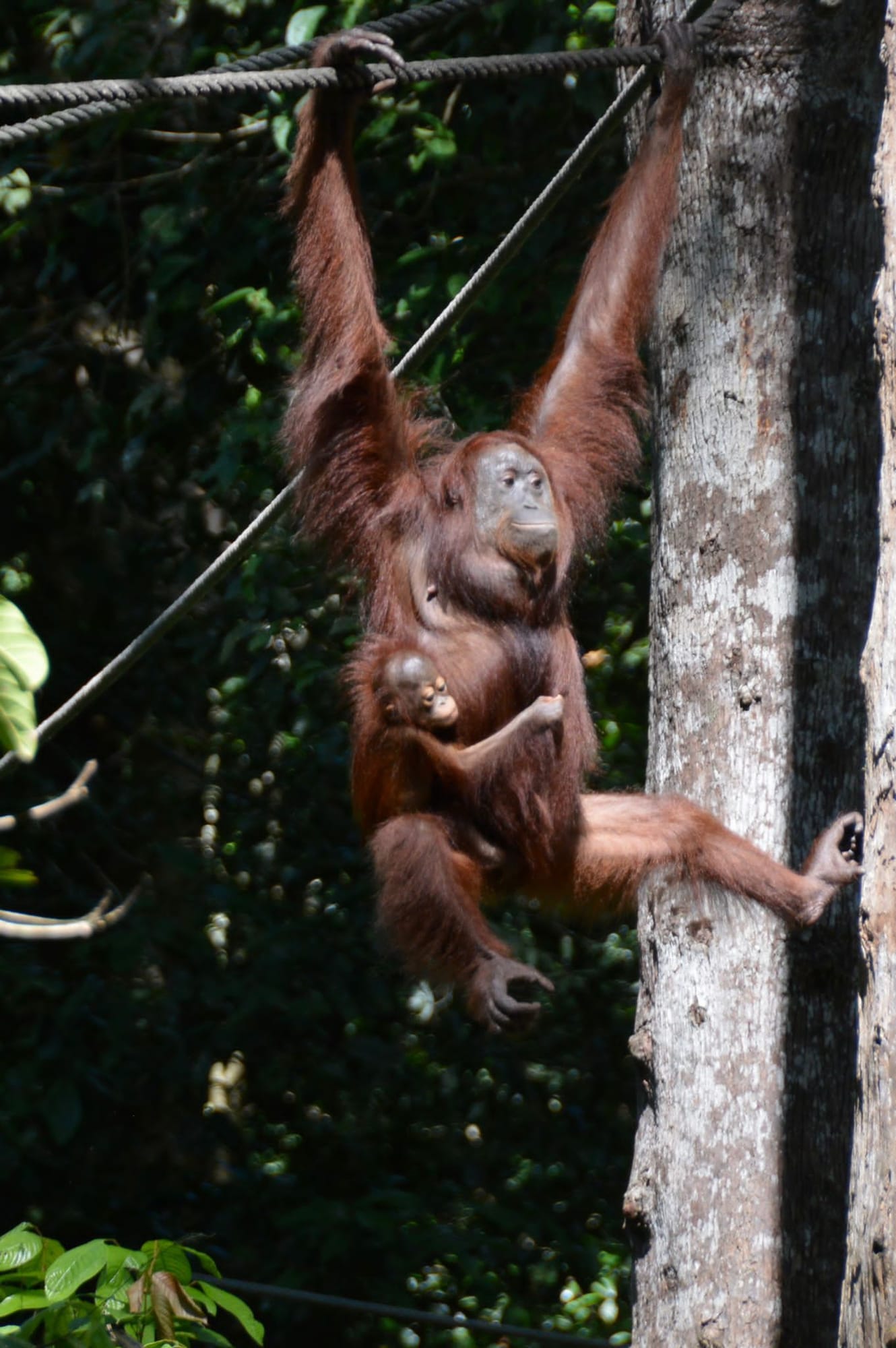
After lunch, it was back on the bumpy road towards our lodge on the Kinabatangan. Iíve now stayed at two Kinabatangan lodges and they seem to be more or less the same. The rooms are simple and reek of mildew but thatís the price you pay for being situated in the middle of a rain forest. The dining room is outdoors and perched on the river where you get great sunsets with bats and swallows swooping overhead and more geckos running around than you can count. Meals are served buffet style and you donít go to the Kinabatangan for the food.
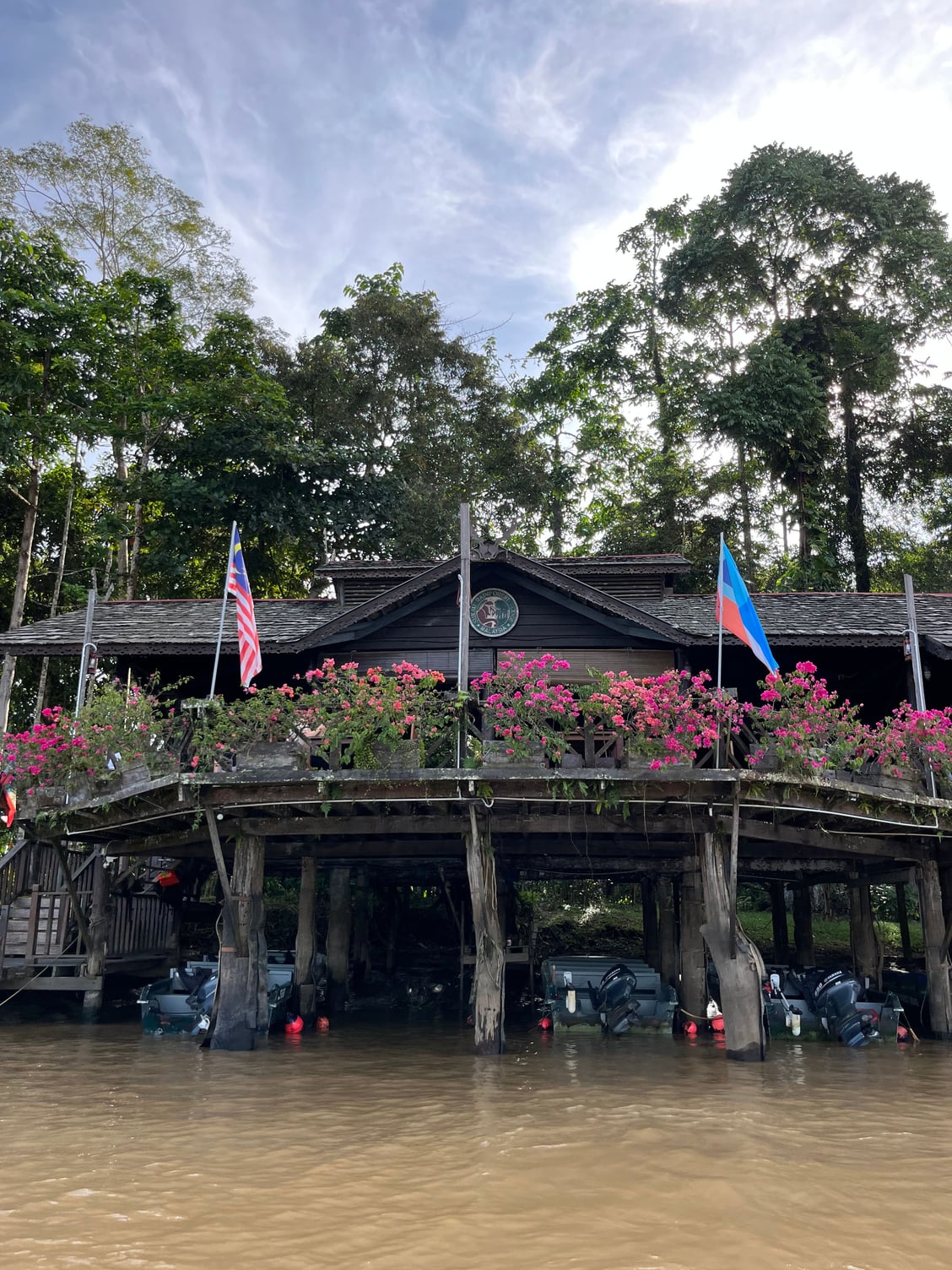
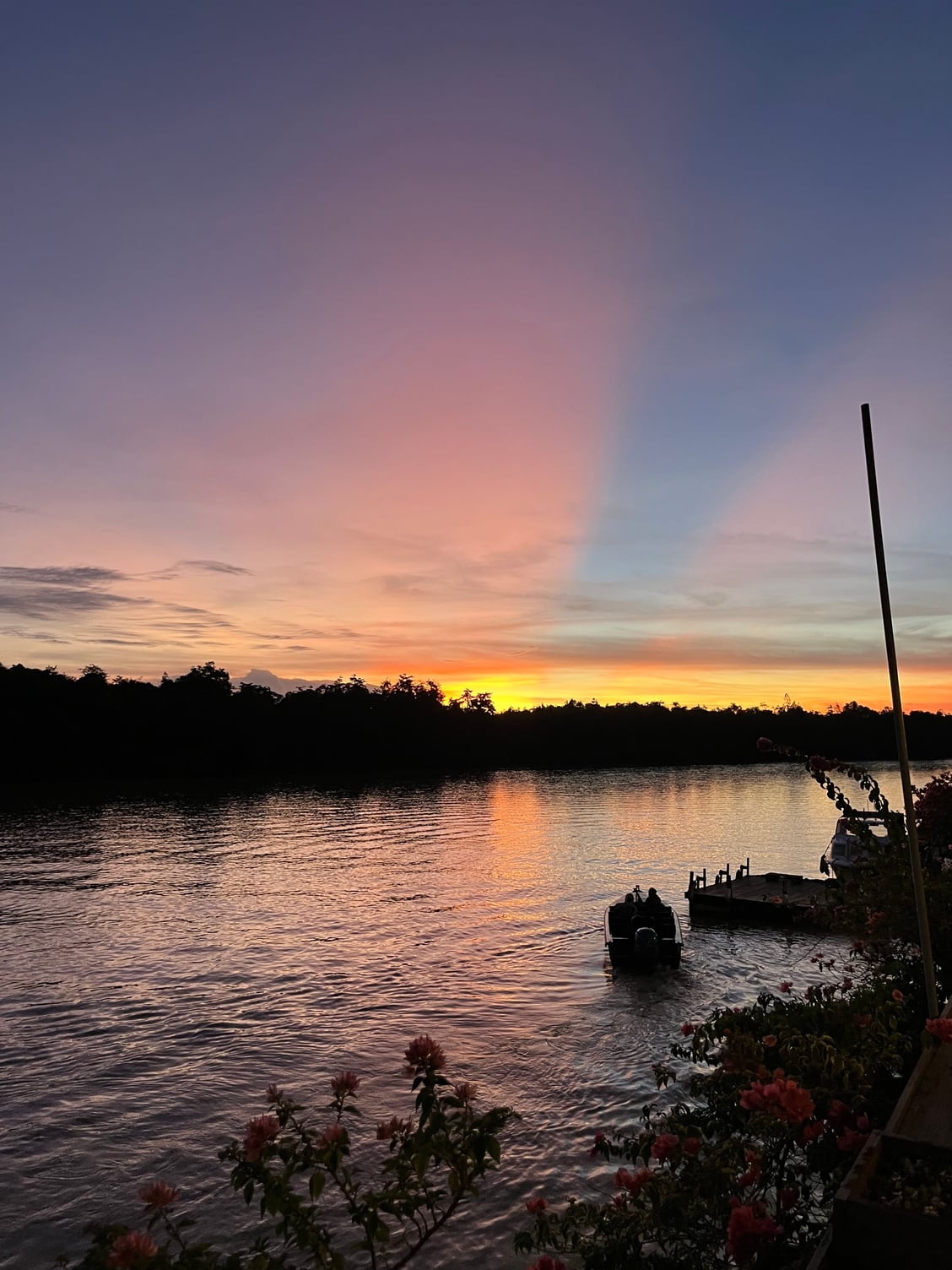
Typically, there are a couple of river cruises a day, at sunrise and in the evening, and some downtime in between. Ten or twelve people don a life jacket and pile into the boat with a driver and a guide. As with African safaris, there are other groups on the river and a cluster of boats under a tree is a good sign that something has been spotted. Many cruises begin with a hornbill sighting, of which there are seven species on the river. They fly in an exaggerated peak to trough motion. These birds are the toucans of Borneo, with their massive colorful (or black and white ) beaks and helmets rendering them unmistakable. Proboscis monkeys are a certainty, as are a host of other monkey types. Crocodiles are spotted along the muddy banks of the river with eagle eyes by the guides - they blend in quite well with driftwood. Itís rarer to catch a glimpse of an orangutan, sun bear or jaguar, the last of which are nocturnal.
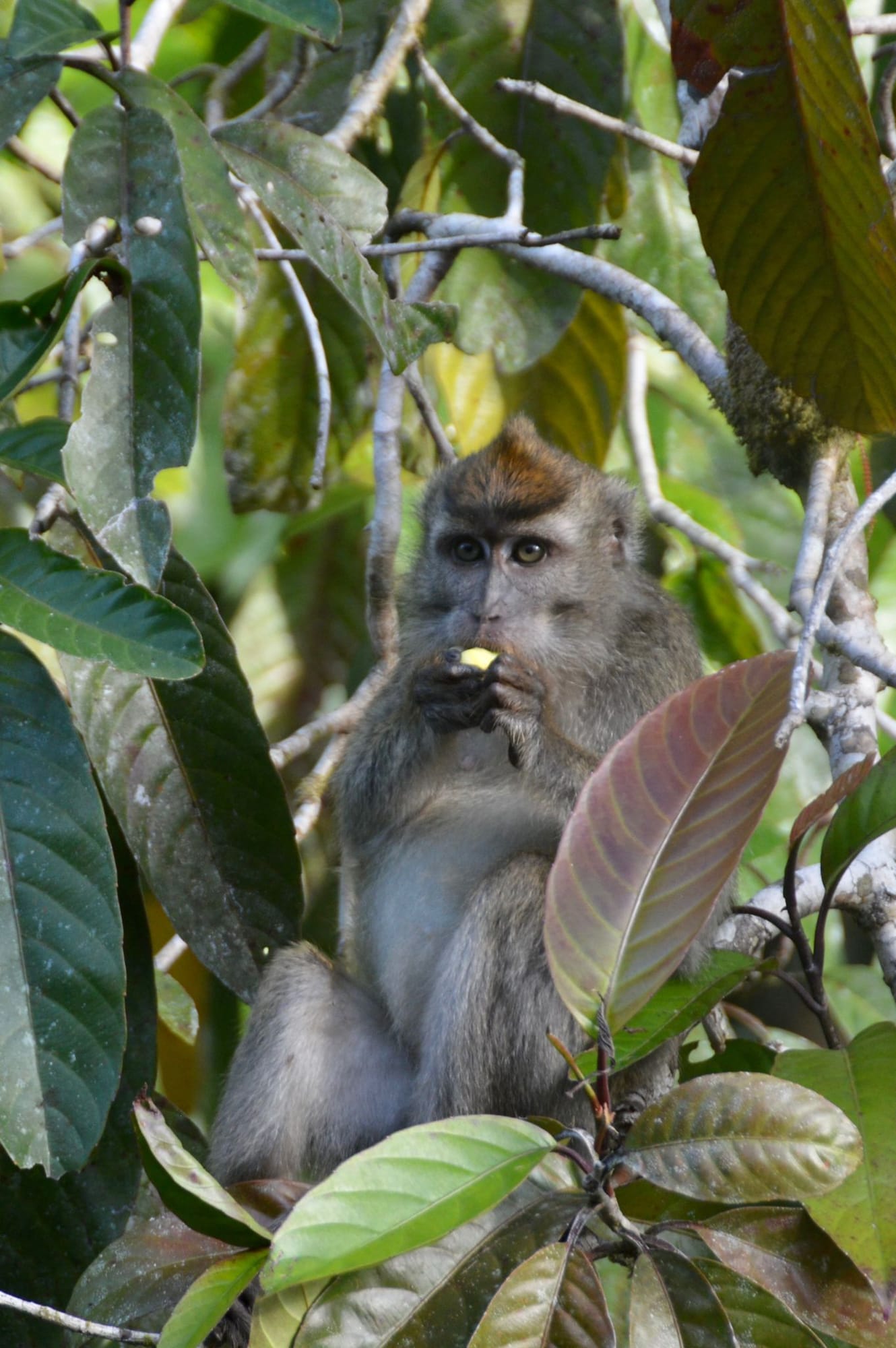
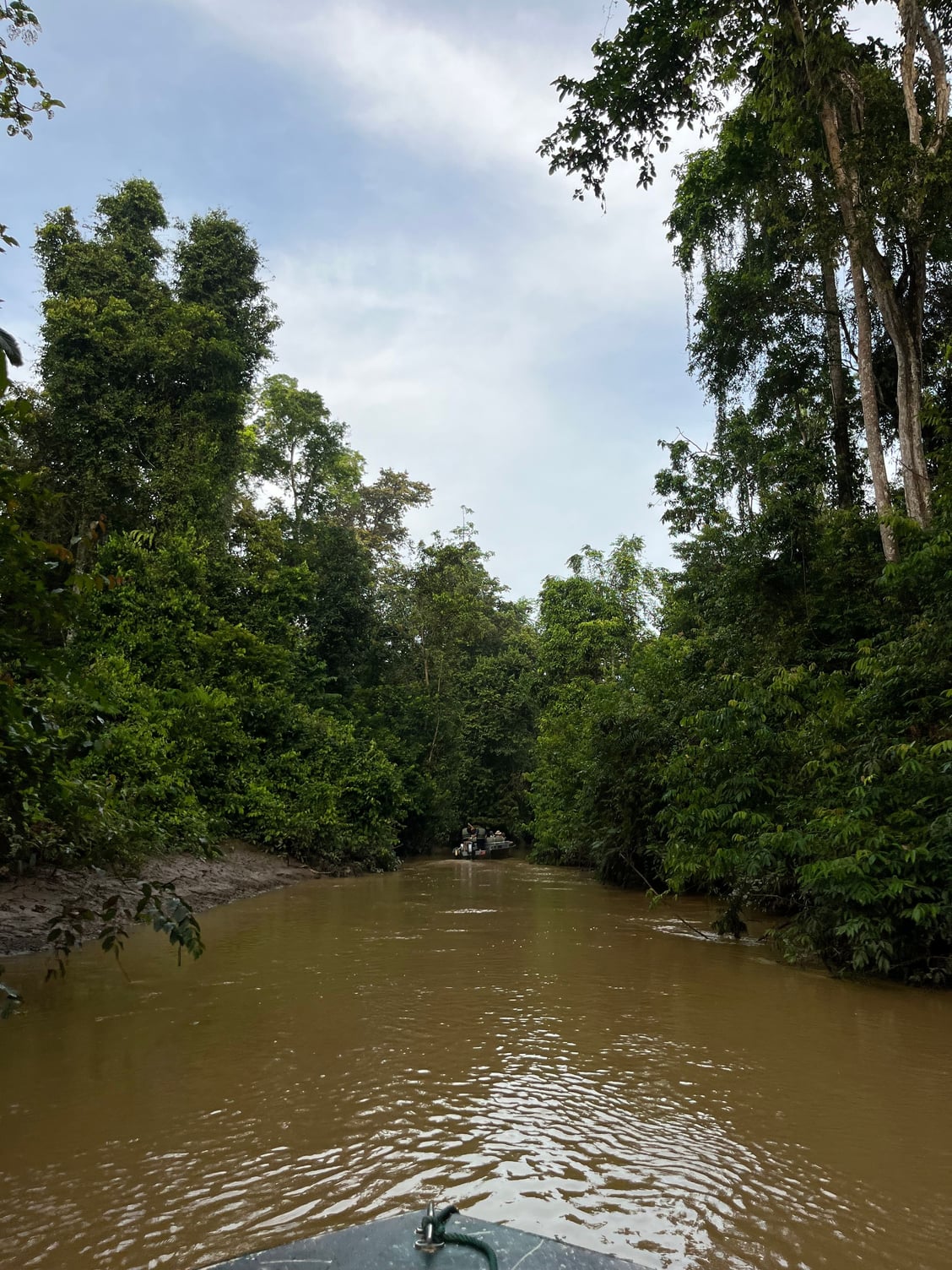
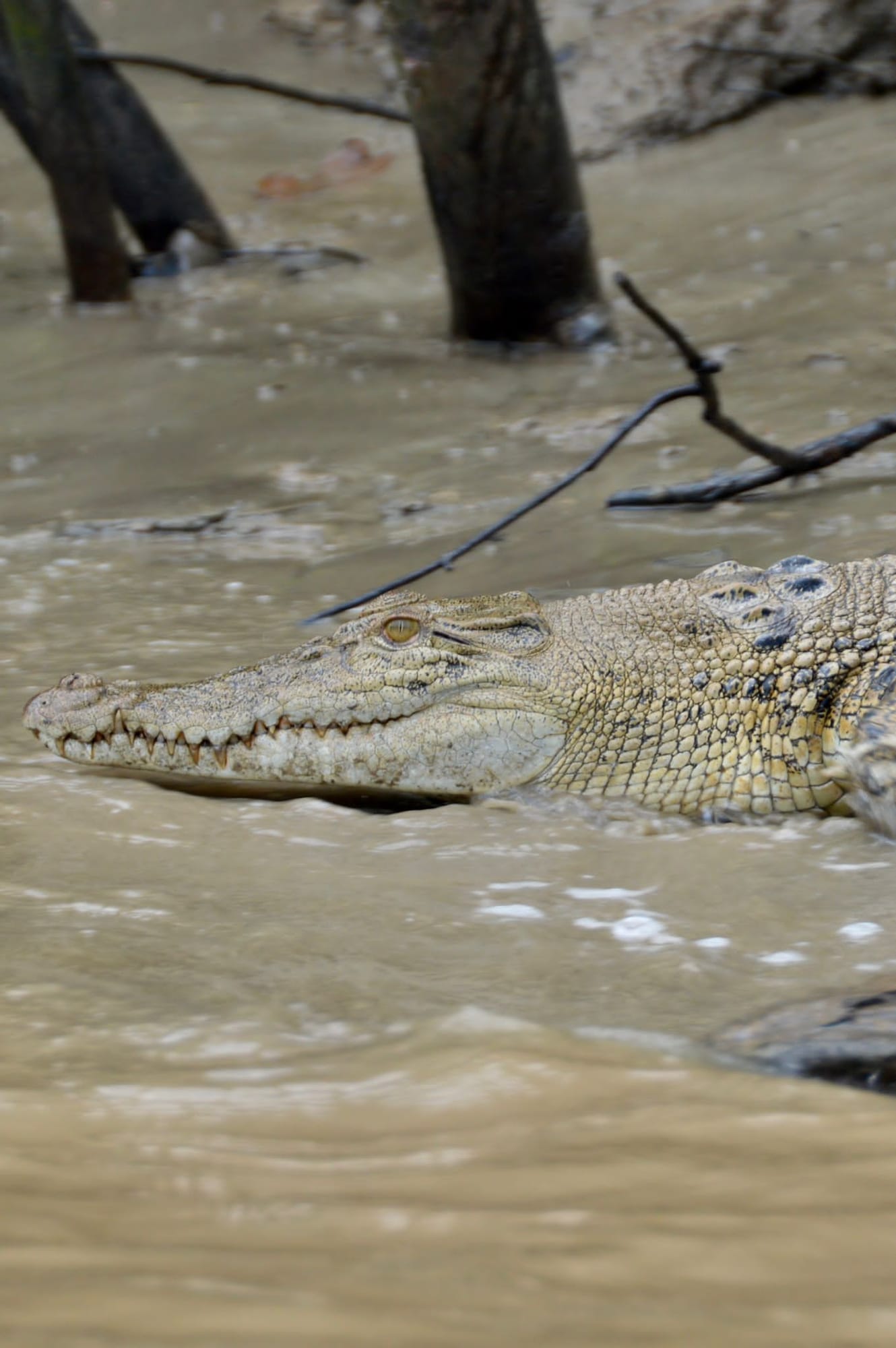
But I had come back to the Kinabatangan to complete the Big Five, which meant that I would need to check off pygmy elephant and orangutan. The two elephant herds that live on the river are migratory and travel along the river in search of food. When we were there, they had already migrated towards the mouth of the river so we didnít see them on the cruises that were included in our stay. However, the lodge offered a mid-day elephant cruise which didnít guarantee a sighting, was a couple hundred bucks and involved three hours each way on an uncomfortable wood bench in an uncovered speedboat to where the elephants had last been sighted. Oh, and it was supposed to rain as well. But it was our best shot at catching a glimpse of the elephants and two very enthusiastic, older Australian tourists who had gone the day before with camera gear that could be sold to put a down payment on a house talked us into it.
So, with four Swiss tourists and a guide, we clambered into the boat, wearing the Australiansí rain gear because we hadnít thought to bring any. Once youíve done a few days on the river, you no longer want to stop for proboscis monkeys or macaques and our guide sensed this, so we bombed down the river in search of elephants. The weather report was correct and a half-hour in, we were getting soaked. Blue sky was always on the horizon though, and after a shower that was unpleasant but not nearly as bad as it could have been, we were peeling off ponchos and drying off in the wind. As we got closer to where heíd seen the elephants, our guide, Jamal, steered the boat from one side of the river to the other, looking for where the elephants had crushed the vegetation to clear a path to the river. My bladder couldnít take it much longer and I asked Jamal If we could pull over so I could pee on a tree but he told me to wait just a bit - he was in elephant finding mode. And find them, he didÖ Stay tuned!
